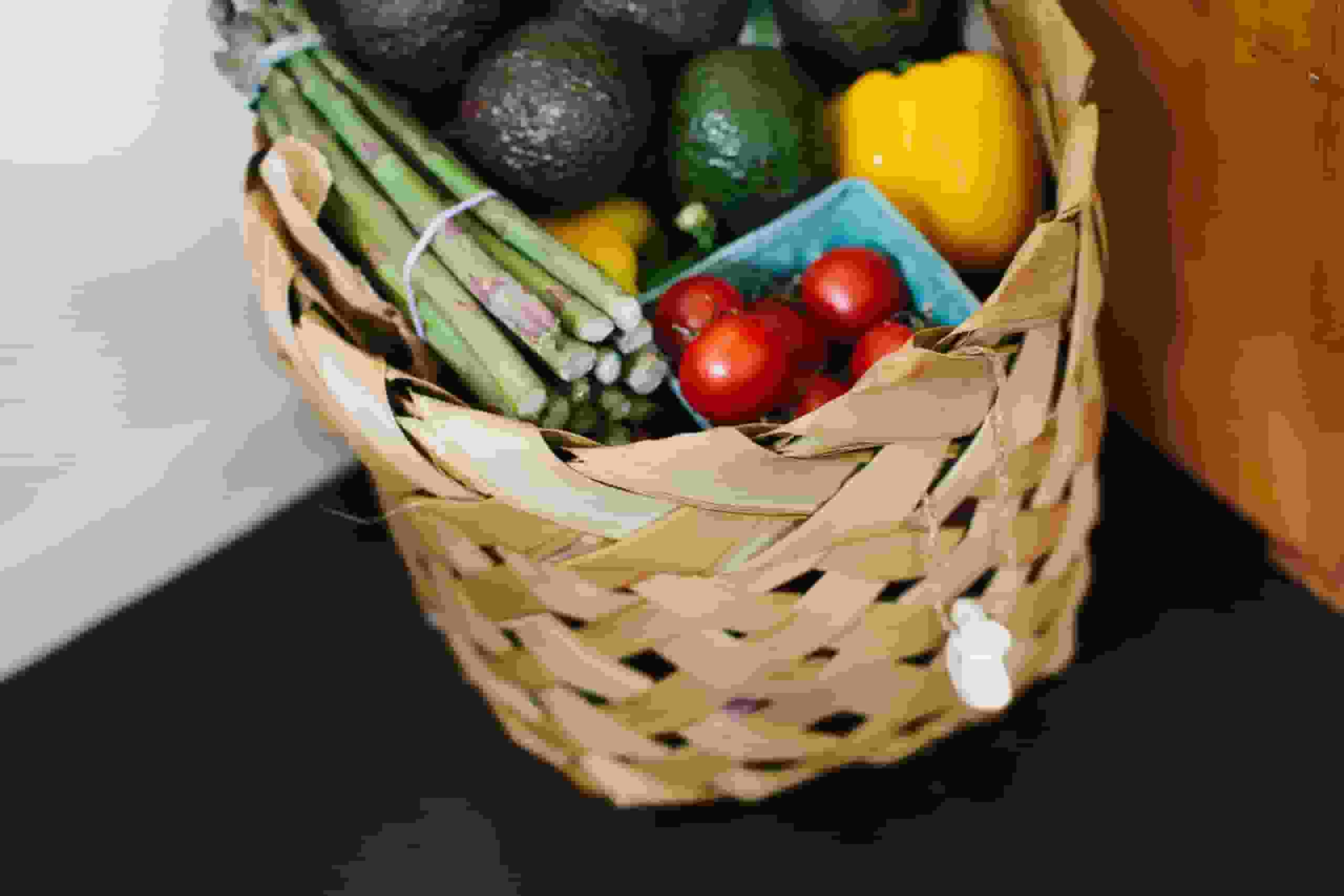When the COVID-era increase to the Supplemental Nutrition Assistance Program ends this month, millions of Americans have started getting reduced stipends to pay for food.
The purpose of SNAP, formerly known as the Food Stamp Program, is to increase access to food for low-income working Americans as well as for the elderly and disabled.
As part of the Families First Coronavirus Response Act in 2020, the program was significantly extended. However, because these federal expansions came to an end at the end of February, households in 32 states, the District of Columbia, Guam, and the US Virgin Islands will now receive at least $95 less each month, raising concerns that recipients will experience greater food insecurity or hunger as the average benefit per day drops to $6.10.
Almost 42 million Americans, or 12.6% of the country, were reportedly enrolled in the program as of November 2022, according to the US Department of Agriculture, which oversees the program. This proportion is close to one in five in some states.
As of November 2022, New Mexico had the highest rate of SNAP enrollment at 24.3% of the state’s population, more than any other state by almost 5 percentage points.
After New Mexico, the states with the greatest participation rates were West Virginia (18.2%), Oklahoma (17.2%), Louisiana (19.5%), and Oregon (17.0%).
Meanwhile, states in the Midwest and Mountain West tend to have lower rates of recipients, with Utah’s 4.6% being the lowest in the country.
READ ALSO: Social Security: The cost-of-living Adjustment May Fall to 3%
Different eligibility standards play a role in some of the discrepancies, while enrollment rates among eligible residents play a role in others.

The SNAP program does not accept applications from everyone. Only three months of SNAP benefits are available to able-bodied individuals without dependents during a three-year period, and many recipients are required to fulfill specific employment requirements.
Some lawmakers intend to tighten these criteria when Congress takes up the matter this year.
According to USDA estimates, 82% of eligible SNAP consumers nationwide, including 98% of eligible New Mexicans and only 56% of Wyoming residents, engage in the program.
As per nonprofit data center USAFacts, SNAP participants received aid totaling over $233 on average per month in 2022, more than 80% more than the $130 number from the previous year.
The rise can be linked to modifications made to SNAP benefits as part of the 2018 Agricultural Bill, which oversees the program, as well as the expansion of benefits provided as part of pandemic aid. In order to give users better access to healthy food, those modifications, which took effect in 2021, raised the average benefits per person.
Millions have been helped by the pandemic SNAP expansion to avoid severe food poverty and hunger in the midst of heavy unemployment and income loss.
The increase in SNAP payments is coming to an end at a time when food prices are skyrocketing and inflation is high.
The consumer price index for food is still significantly higher than the general level, even if general inflation has decreased from its post-pandemic peak of last summer.
As of November 2022, the following states had the highest SNAP participation rates:
- New Mexico (24.3%)
- Louisiana (19.5%)
- West Virginia (18.2%)
- Oklahoma (17.2%)
- Oregon (17.0%)
- Illinois (16.2%)
- Alabama (15.4%)
- Massachusetts (15.2%)
- Nevada (15.0%)
- North Carolina (15.0%)
READ ALSO: Two Regional Banks Collapsed; How Silicon Valley Bank and Signature Bank’s Failure Affects You?

